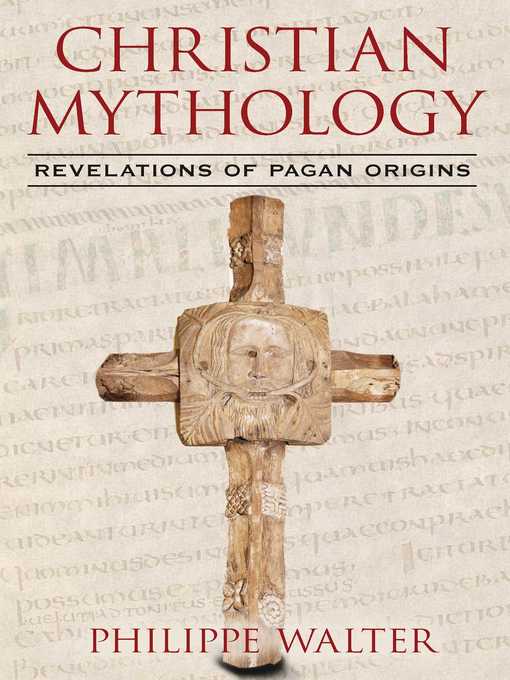- Available Now
- New eBook Additions
- New Kids Additions
- New Teen Additions
- Get Organized
- Self Care
- Total Eclipse of the Heart
- Perchance to Dream
- Food Science
- Not Your Standard Fairy Tale
- See all
- Available Now
- New Audiobook Additions
- New Kids Additions
- New Teen Additions
- Total Eclipse of the Heart
- Perchance to Dream
- Food Science
- Not Your Standard Fairy Tale
- See all
- Cooking & Food
- Home & Garden
- Health & Fitness
- Fashion
- News & Politics
- Crafts & Hobbies
- Celebrity
- Tech & Gaming
- Cars & Motorcycles
- Family & Parenting
- Sports
- Travel & Outdoor
- Photography
- See all

